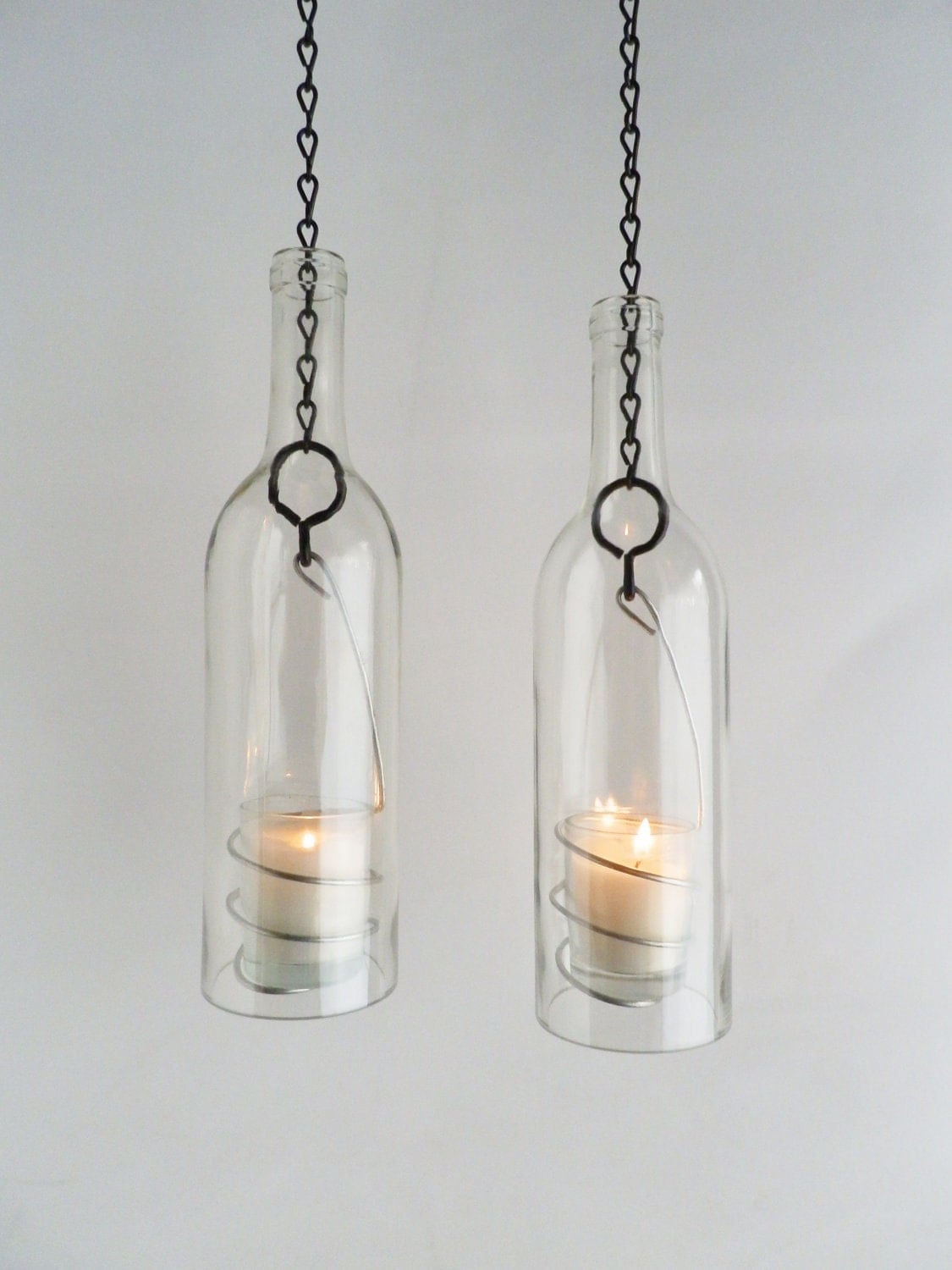463 Creative Ideas
50 Creative Recycling Ideas
Exciting Tricks To Recycle Old Things
1000 ideas creativas para reciclar botellas de plastico
plastic
25 Of The Best Space Saving Design Ideas For Small Homes
Space saving tips for your home
14 Brilliant Bathroom Design Ideas Transformable furniture & space saving furniture - Italian modern design Transformable Furnitures


